Ingredients That You Should Avoid Putting in Smoothies
If you're trying to lose some weight and
get in shape, you know there are two key ingredients to it: exercise and
diet. The good thing is that there are numerous ways to diet while
still eating tasty foods and drinks. One common diet is the use of
meal-replacement smoothies. Replacing a smaller meal or snack with a
smoothie can be a great way to keep your calories and carbs low. But
even smoothies can be your enemy if you're not careful about what you're
putting in them!
There are some common ingredients like
fat-free yogurt that you may think will help keep your smoothie light,
but actually, it ups the dosage of sugar or carbs!
These are 7
ingredients you may be putting in your smoothies that are hampering your
weight loss. Make sure to avoid them the next time you're making a
delicious cool diet drink.
1. Sweetened Almond Milk 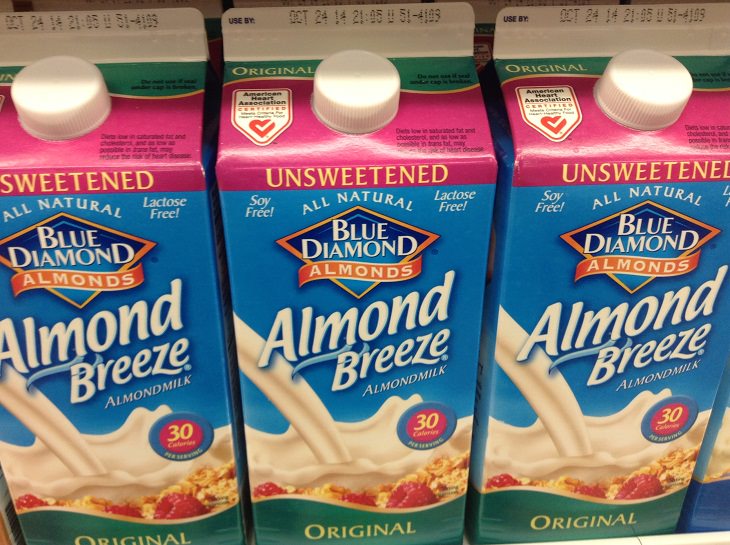

While almond milk is by and large a healthy option for making your
smoothie a little creamier, adding sweetened almond milk to the mix can
result in drastically increasing the caloric and sugar content.
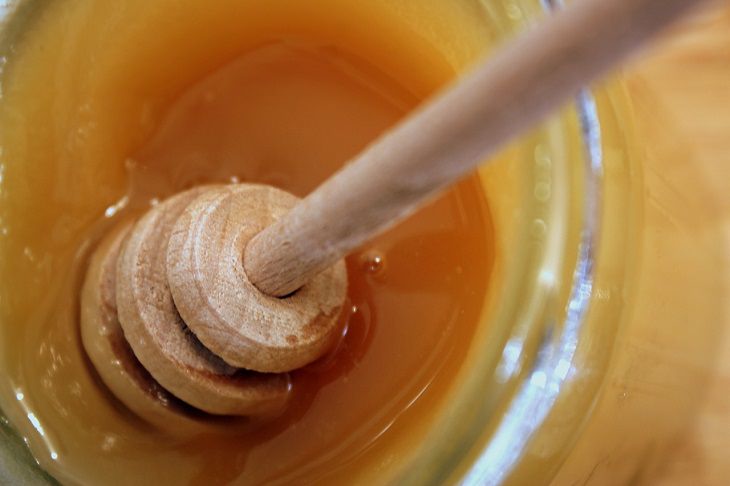
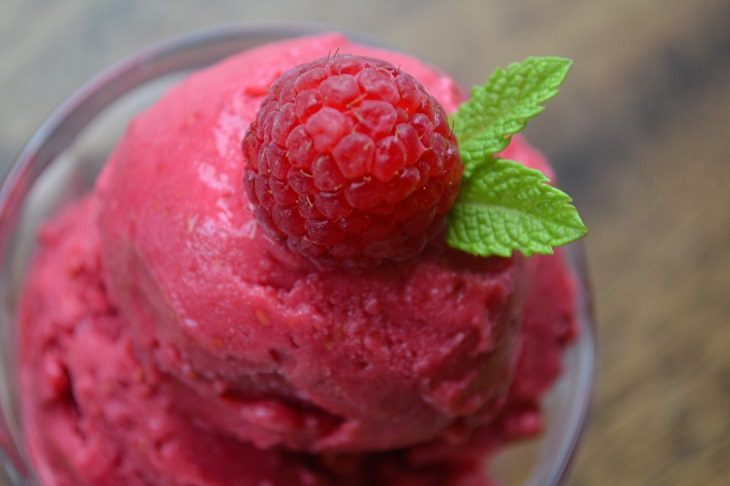
Even small amounts of sweetened almond milk
can put an extra 5 grams of sugar in your smoothie. The best option is
to add plain almond milk to give your smoothie a creamy texture and
increase your fruit content to pump up the sweetness.
2. Sweeteners

Since we’re on the topic of sweetness, the first thing to avoid while
making smoothies is granulated sugar. You might be tempted to add
artificial sugar-free sweeteners instead, but those are heavy in
preservatives and other unhealthy factors. Naturally, the healthiest
option would be natural sweeteners, right? Wrong!
Sweetening additives that seem healthy aren’t always quite
diet-friendly. Just a single tablespoon of agave nectar will add an
extra 5 grams of sugar to your smoothie. Add a tablespoon of honey and
you’re also adding 17 grams of sugar. Even coconut nectar, which is a
common ingredient in healthy smoothies, throws in 13 grams of carbs and
sugar. Again, the best way to add some sweetness to your smoothie is
with fruits.
3. Canned fruits 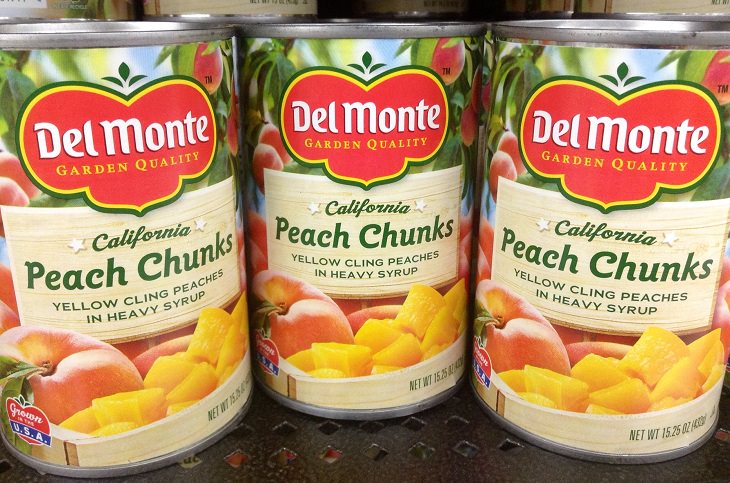

Now that we’ve confirmed fruits to be our one-stop destination for super
sweet smoothies, the difficulty arises in storing large amounts of
fruits on a regular basis. Fresh fruits are, of course, the best option,
but buying fresh fruits every single day or even every other day may
not be an option if you don’t live next door to a farmer’s market! So
you may be tempted to take the easy way out with canned fruits, but that
is a big no-no.
Canned fruits usually come soaked in heavily sugared syrup or their own
juices, so even if the fruit is unsweetened, it can lose a lot of its
nutritional content. Frozen fruits can be an excellent replacement for
canned fruits and usually tend to be fresher than their canned
counterparts because they are typical frozen soon after being picked.
Reading the labels of frozen fruit packages will help you ensure that
your natural sweeteners are free of sugar, sodium, or chemicals so that
even your frozen fruits remain high in nutrients.
4. Sherbert, frozen yogurt, and ice cream

You might think that a fun way to get your smoothie to truly reach the
heights of yumminess is to add in a hint of ice cream, sherbert, or
frozen yogurt. The last two especially seem like they could be healthy
options, but make no mistake, all three of these items are loaded with
sugar. Instead of getting a diet drink, you’ll be mixing together a
dessert drink.
Many smoothie bars and outlets offer smoothies with frozen yogurt and
even frozen oatmeal, but these cream-based treats tend to be heavy on
sweetness. Even a small amount of frozen yogurt can add around 17 grams
of sugar, and in the case of ice cream, the number is even higher. The
good news is these creamilicious creations can be replaced with equally
effective unsweetened Icelandic or Greek yogurt.
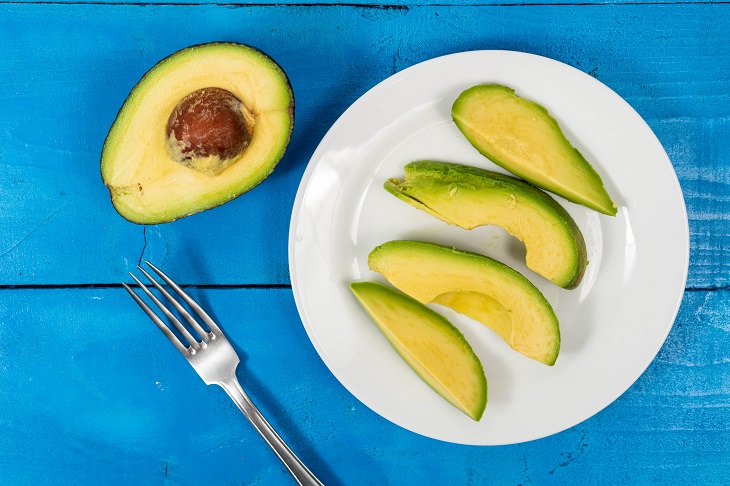
5. Butters and oils

This isn’t an ingredient that needs to be
entirely avoided so much as added in extremely careful amounts. Nut
butter, avocado butter, and coconut oil are all ingredients that are
known to give smoothies and extra calorie-cutting kick. While you may
want to scoop up half an avocado and toss it in the blender to give your
fruit smoothie a creamy texture, nutritionists typically recommend
adding no more than 1/5th for each serving.
Similarly, nut butter and coconut oil are
two items where less is always more. 2 tablespoons is all you need to
add a little savory deliciousness to your drink. These ingredients
contain the good kind of fat, which isn’t stored in the body but rather
burnt as energy. More than the recommended dosage, however, can overload
you with these good fats which are less than optimal.
Adding 2 tablespoons of almond butter is another excellent option for
creaminess, and also gives you a healthy dose of Vitamin E as well as
manganese, riboflavin, and magnesium, all of which can improve your
metabolic system.
6. Fruit Juice
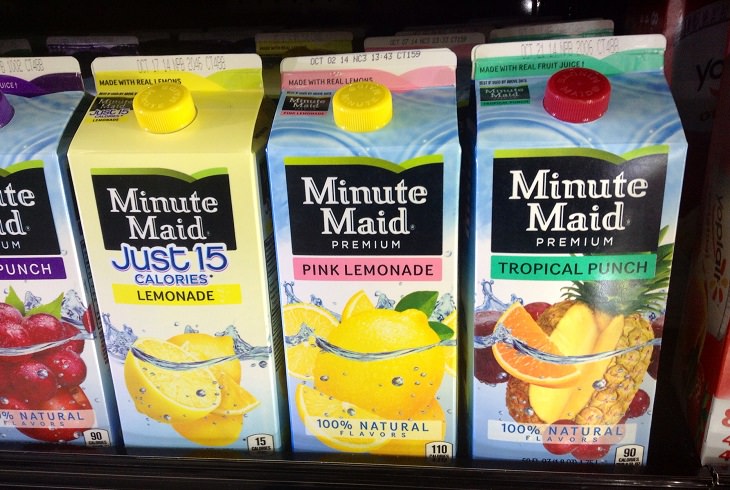

Fruits are the absolute backbone of any
good smoothie. This is an absolute fact, and you can consider it written
in stone. So it seems perfectly normal to add a little bit of orange
juice or grape juice. However, much like the actual fruits that we add
to our smoothies, the juices we add to our smoothies also need to be
ripe and fresh, and not poured out of a carton or a can.
Packaged juices and juice concentrates tend to be heavy not just in
sugar but also in carbs and low on the nourishing fiber that fresh
fruits provide for us. Adding just half a cup of orange juice to your
drink can also add 13 grams of carbs to it. If you want to add a little
extra liquid to your smoothie, use freshly squeezed juice. A good
alternative for ice as well is to freeze these juices and throw your new
juice-cubes into the blender.
7. Flavored Fat-Free Yogurt
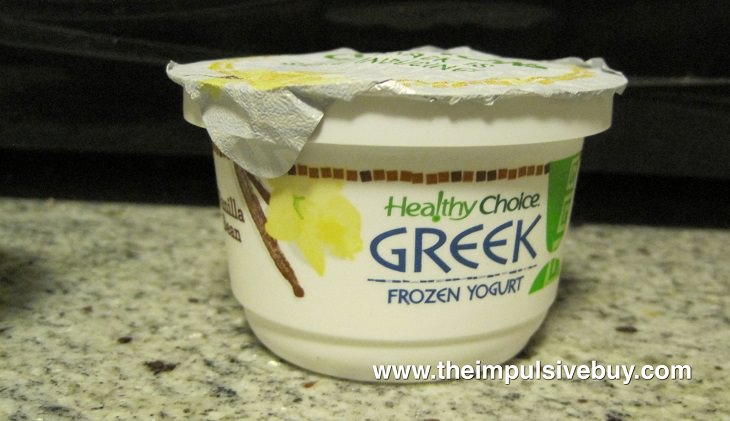

You must be thinking “What?? How can
fat-free yogurt not help me lose weight?”. Fat-free yogurts tend to be
higher in sugar content, especially in the case of flavored ones, that
come with mix-ins like honey or that have fruits at the bottom of the
cup. On average, one cup of fat-free yogurts from most common brands
contains at least 28 grams of sugar.
A 2015 American study revealed that high-fat dairy products can actually
reduce the risk of diabetes, as it is heavy in nutrients like protein,
calcium, and Vitamin D. The fat found in most dairy products along with
Vitamin D play a great role in increasing muscle strength and decreasing
the risk of muscle wastage. Stick to full-fat or reduced-fat yogurts!